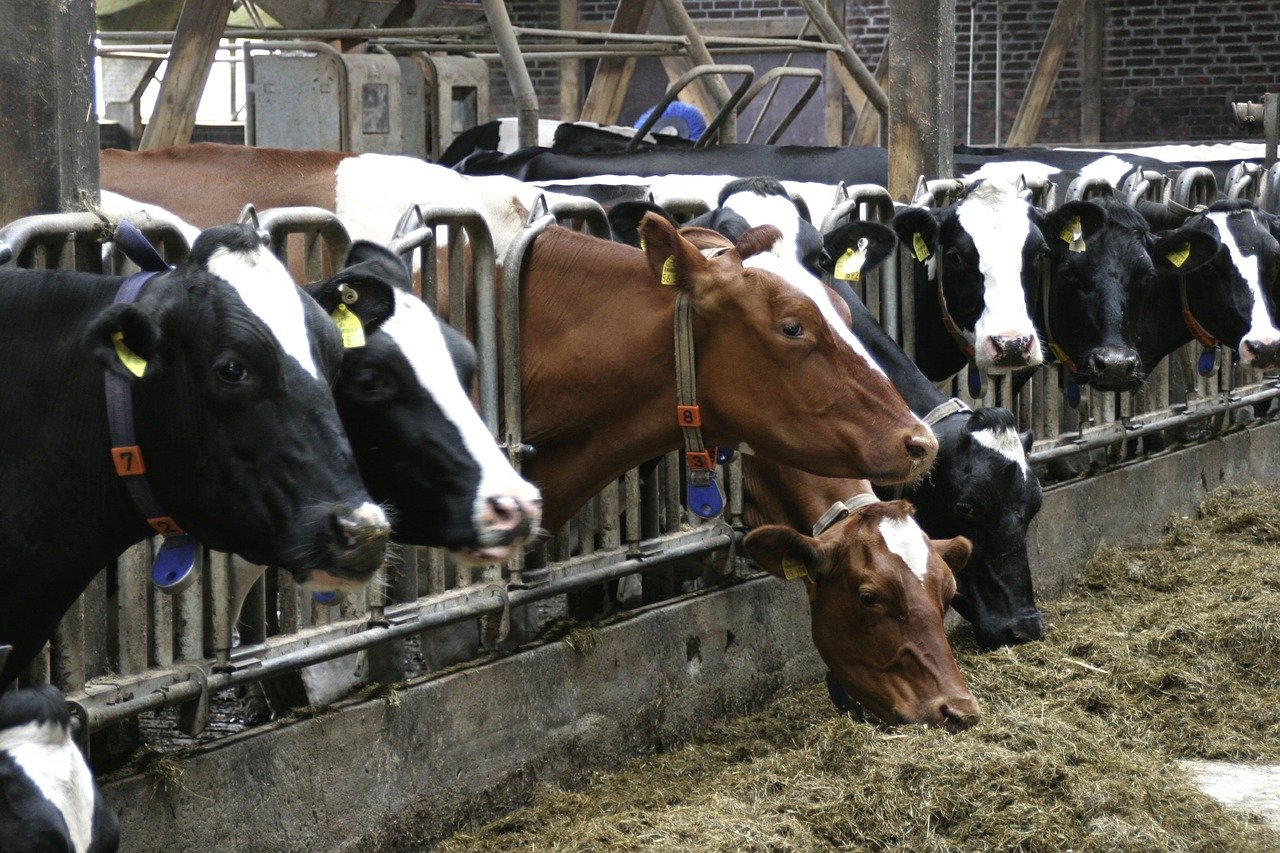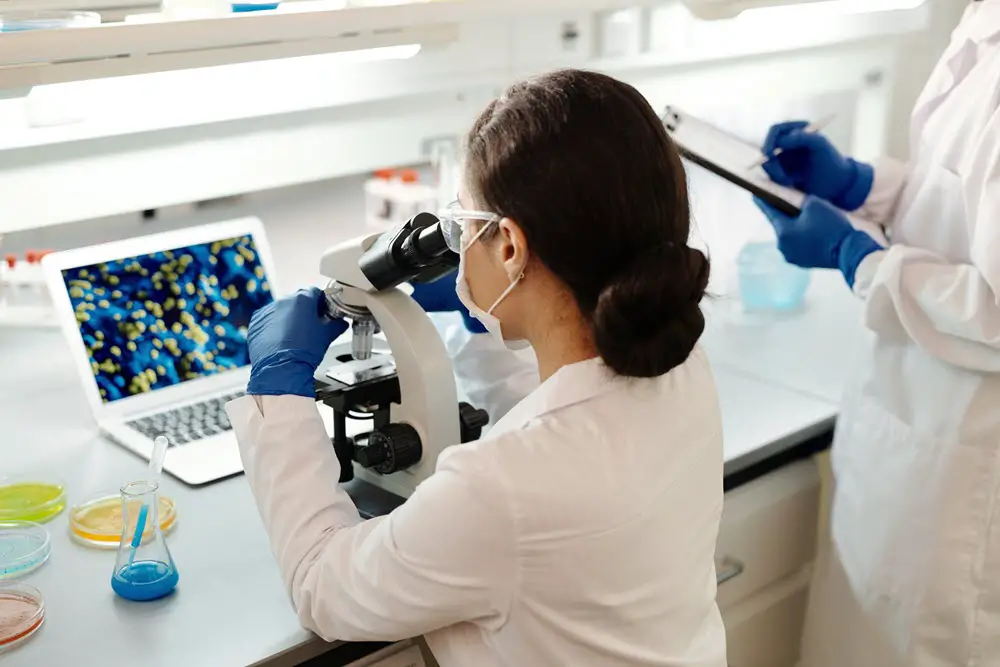Yogurt has grown to be among the popular foods due to its flavor, health benefits, and versatility. Some of those defining characteristics of yogurt are direct results of the pasteurization process.
Pasteurization is important because it works to eliminate any disease-causing bacteria that may get into a particular batch of yogurt. It prepares the milk for fermentation in commercial yogurt production. It also gives yogurt the distinctive texture you’ll find in most store bought yogurts.
The yogurt we enjoy regularly would not be around were it not for pasteurization. Learn more about why this process is so important and how it affects the entire yogurt-making process by reading on.
Table of Contents
The Important Task Pasteurization Performs in the Yogurt-Making Process
Pasteurization has three main functions in making yogurt. They are functions that make yogurt more appealing to eat and safe to consume.
First, it gives the yogurt its trademark texture. Whether you’re a fan of set yogurt or the Greek and Swiss varieties that are softer and creamier, you have pasteurization to thank for your treat.
Milk is the main ingredient in yogurt. As you can imagine, milk has to undergo quite a significant transformation to go from a liquid to something that can stay in place on top of a spoon. Pasteurization helps facilitate that change in texture by denaturing the whey proteins that emerge after the milk clots.

If not for pasteurization, the whey proteins would not cluster together. You’d be left with sour milk instead of yogurt.
Pasteurization is also included in the process because it’s needed for safety reasons. In its raw form, milk may contain harmful bacteria such Salmonella and Escherichia coli, better known as E. coli, as per this article from Colorado State University. Both of those pathogens are known for causing diarrhea, vomiting, and abdominal cramps among other symptoms.
You obviously want nothing to do with ingesting any E. coli and Salmonella and that’s why pasteurization is so important. With the raw milk subjected to high temperatures during pasteurization, those harmful bacteria are eliminated.
One more reason why yogurt making has to involve pasteurization is due to the starter cultures used. The starter or bacterial cultures involved in yogurt manufacturing are supposed to induce clotting in the milk. On top of that, the cultures also give yogurt that tangy or sometimes even sour flavor that we like.
If the milk is not pasteurized, certain organisms in the liquid could prevent the bacterial cultures from taking effect. The pasteurization process basically gives the bacterial cultures an ideal environment in which they can thrive and work their magic as intended. Drop pasteurization from the yogurt-making process as a whole and fermentation may not occur.
How Does the Process of Pasteurizing Yogurt Take Place?
Pasteurization takes place not long after a batch of yogurt goes into production. Before getting to that point though, there are some steps that must be completed first.
The manufacturers start by choosing the right kind of milk. They don’t just pick any kind of milk and get to work. According to Cornell University, the type of milk chosen for yogurt has to have fat content hovering in the 2.0 to 3.5 percent range.
The milk is still not ready for pasteurization at that point. The manufacturers next have to increase the serum solids content of the milk to about 10.5 to 11.5 percent. Yogurt makers get the milk to that level by adding either non-fat dry milk or condensed skim milk.
With the milk possessing the right fat and serum solids content levels, it can now undergo homogenization. Homogenization is carried out by forcing the milk to pass through small openings with the help of high pressure. All that pressure forces the fat globules in the milk to break down further until they become smaller particles that spread out through the liquid.
It is worth noting that not all yogurts are subjected to homogenization.
Sometimes, the yogurt makers go right to pasteurization. That means that the milk will be heated until it reaches a certain temperature range. When making yogurt, the target temperature range is around 185 to 195 degrees Fahrenheit. The milk is kept in that temperature range anywhere from 30 to 60 minutes.
After pasteurization, the milk is cooled down to about 104 to 106 degrees Fahrenheit. The starter cultures are then added after the milk has sufficiently cooled. Fermentation takes place not long after that.
The fermented milk is then kept in sterile containers for incubation. The containers are kept in a temperature-controlled environment so that the yogurt can reach the right pH level. The process ends when the yogurt is cooled down to 45 degrees Fahrenheit.
What Are the Bacterial Cultures Used to Make Pasteurized Yogurt?
Pasteurization prepares the milk for the fermentation process that will eventually transform it into yogurt. Still, pasteurization alone is not enough. The bacterial cultures are also needed to create the final product.
The bacterial cultures used in yogurt production are Lactobacillus bulgaricus and Streptococcus thermophilus. Some yogurt manufacturers may introduce other bacteria, but only those two are technically needed to create yogurt.
Once the cultures are introduced, they get right to fermenting the milk. To be more specific, they target the milk sugars. The fermentation eventually leads to the production of lactic acid and that lactic acid is what causes the clotting in the liquid. You’re also getting the unique flavor of yogurt thanks to the fermentation.
Why Are Additional Bacterial Cultures Sometimes Added?
As noted above, only two types of bacterial cultures are really needed to make yogurt, but you’ll still see some manufacturers add more bacteria. More often than not, they are adding probiotic cultures to the mix.
If you’ve heard of probiotics before, then you’ve probably heard good things about them. Pinning down exactly how the probiotics commonly found in yogurt can help you is a bit difficult. However, Harvard Health does note that studies done on probiotics have revealed some evidence suggesting that they can be good for relieving digestive problems.

Even some mood disorders and infections could be affected by probiotics, but more studies are needed to determine the links definitively. Similar to the starter cultures added to yogurt, pasteurization makes it easier for the probiotics to thrive.
Frequently Asked Questions
What Are Other Food Safety Measures Followed to Ensure the Safety of Yogurt?
Apart from pasteurization, manufacturers also follow other safety measures to keep yogurt safe for everyone to consume. These safety measures primarily involve the pieces of equipment used. The pieces of equipment are regularly cleaned and sanitized to ensure that they won’t introduce any microorganisms to the mixture.
Can I Make Yogurt with Ultra Pasteurized Milk?
Ultra pasteurized milk is milk that has been heated to a minimum of 280 degrees Fahrenheit for at least two seconds. The advantage ultra pasteurized milk has over pasteurized milk is that the former is regarded as virtually free of any harmful bacteria, per Cornell University.
You can indeed use ultra pasteurized milk for making yogurt, but the flavor may change slightly. That’s because ultra pasteurized milk has a slightly more cooked flavor compared to pasteurized milk.
Pasteurized vs Unpasteurized Yogurt: Which Is Better?
The supposed main advantage of unpasteurized yogurt is that it offers more nutrients than its pasteurized counterpart. However, the CDC notes that you can still receive most of the nutrients offered by raw milk by consuming the pasteurized variety.
The risk you’re taking if you consume unpasteurized yogurt is that you could get sick from the harmful bacteria that are present in the raw milk used. Also note that unpasteurized yogurt is harder to find due to it being unavailable in supermarkets.
How Do You Know if Yogurt Is Pasteurized?
To determine if the yogurt you’re about to consume used pasteurized milk, check out its label. The word “pasteurized” should be present on the packaging if the product in question features pasteurized milk.
What Brands of Yogurt Are Pasteurized?
If the brand of yogurt you want to buy is commercially manufactured in the USA, then chances are that product uses pasteurized milk. Stick to shopping in supermarkets if you want yogurt made with pasteurized milk. Yogurts sold by smaller farms or home retailers are more likely to be unpasteurized so ask first before making a purchase.
